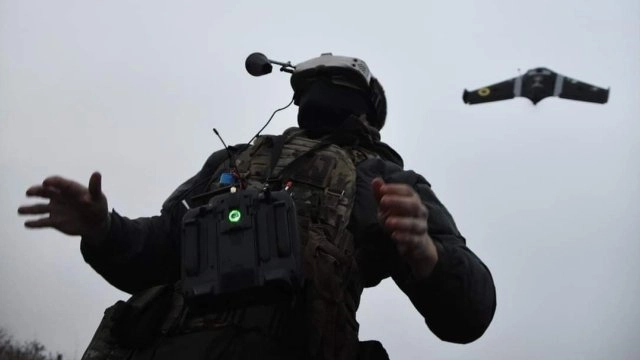From illusion to reality: The true value of technology in defense
In the defense industry, there’s a frequently underestimated paradox: many technologies are created not to solve real problems, but to appear as if they do. The sole purpose? Profit generation.
In my experience, I’ve repeatedly seen companies present “revolutionary” products using carefully crafted marketing jargon and impressive presentations. But when the conversation shifts from concept to actual demonstration - there is a deafening silence.
That silence speaks volumes. It reveals a simple truth: a technology has no real value unless it solves a specific, existing problem - clearly defined, tested in real-world conditions, and confirmed by experienced field professionals.
In my view, the root of this gap between idea and implementation lies in misaligned goals at the design stage. Products are built around a concept, not a need. They aim to solve an “imaginary problem,” without feedback from real users—the people who will rely on that technology under risk, stress, and limited time to react.
The example is universal: a company develops a new system - be it for drones, autonomous ground platforms, or EW (Electronic Warfare) technology - and markets it with great expectations. But if the system addresses a need that doesn’t exist, or is already effectively solved with a simpler tool, it becomes useless. No matter how sleek the design, how impressive the visuals, or how strong the marketing.
In a large-scale military conflict - like the one we’re witnessing today in Israel - hundreds of new technologies face reality head-on. There is no room for concepts without results. A technology that doesn’t work - disappears. A technology that delivers - stays, no matter how “rough” or “unpolished” it may look.
The companies that survive aren’t those with the flashiest presentations, but those that start with the right question:
“What exactly is the problem on the battlefield - today and tomorrow?”
And who seek the answer not in abstract scenarios, but through dialogue with people on the ground - commanders, fighters, field analysts - those who have seen reality up close, not virtually.
Yes, in some cases, corruption and bureaucracy still open doors for “unnecessary solutions.” But that door isn’t open for everyone - and it certainly doesn’t lead to long-term success.
True real competitiveness in the defense sector comes from three things:
• A clear definition of real operational needs—confirmed by combat-proven sources;
• The ability to anticipate the logic of future conflicts—and adaptability in the solutions;
• Technology that can be quickly and easily integrated into the existing infrastructure and usage logic - without requiring a “revolution” in tactics or training.
Because at the end of the day - no one on the battlefield chooses the “most innovative” solution. They choose the one that simply… works.
There’s one simple rule for successful military technology:
Don’t build something that looks like a solution.
Build something that solves problems.
Author: @Stayko Topalov



